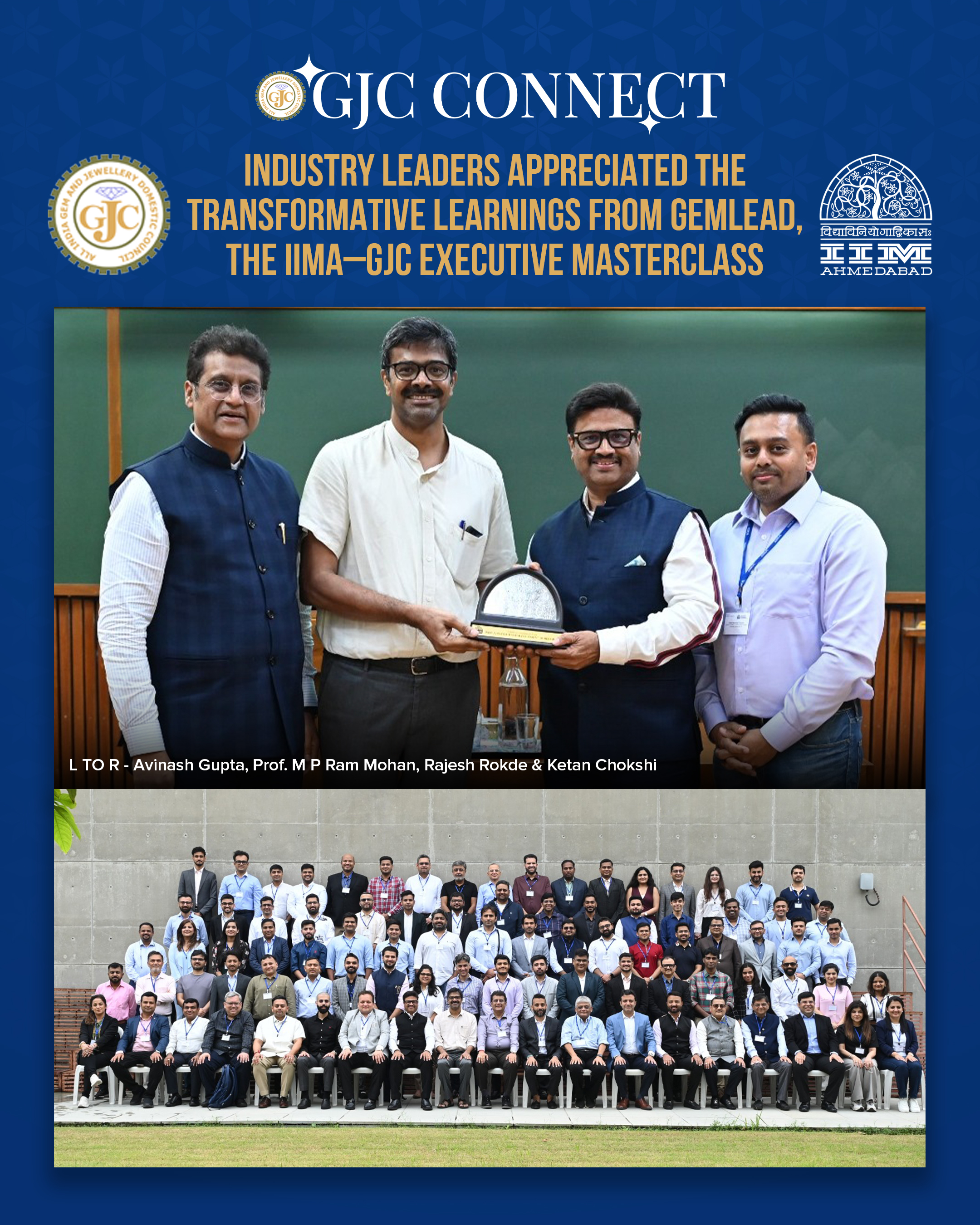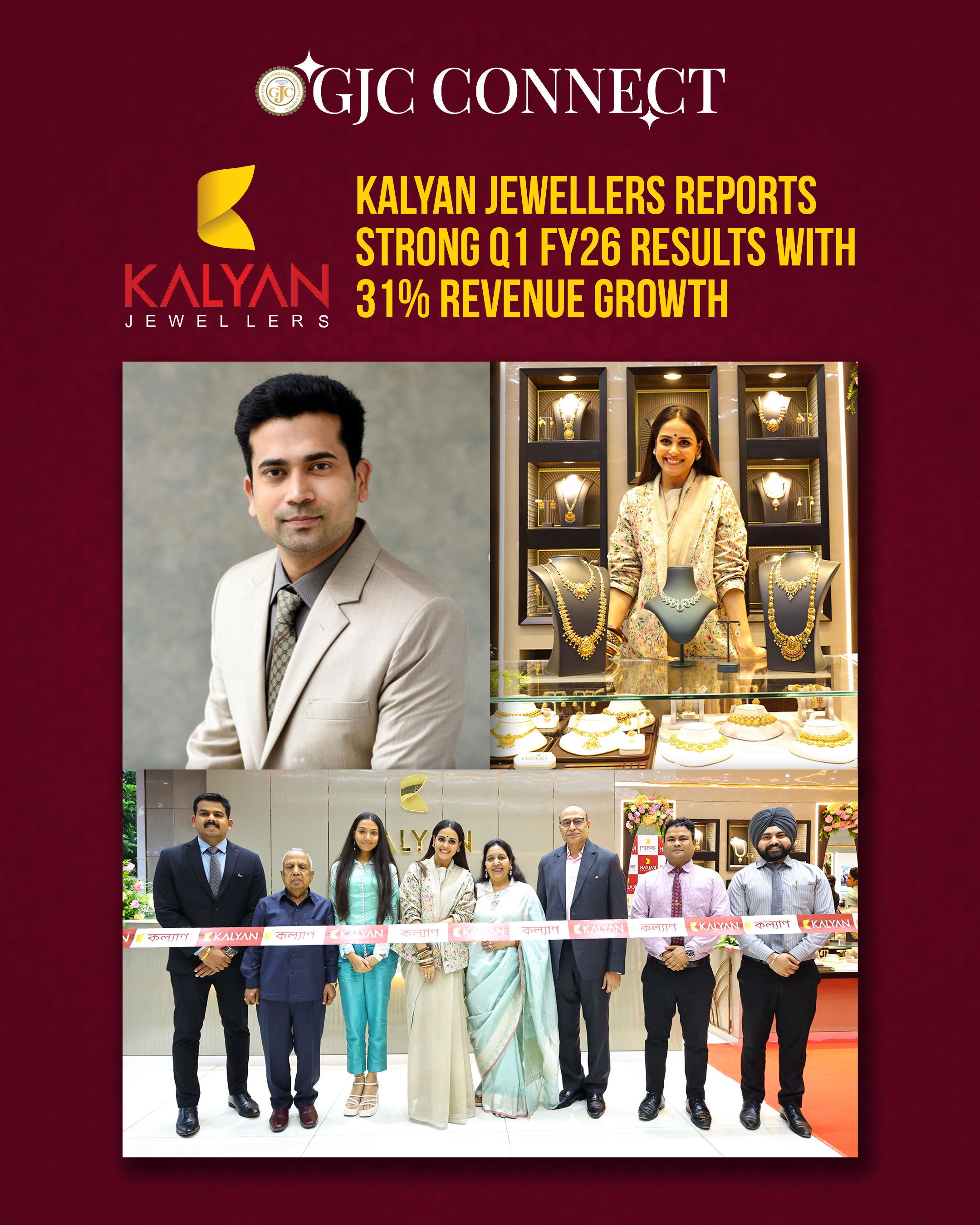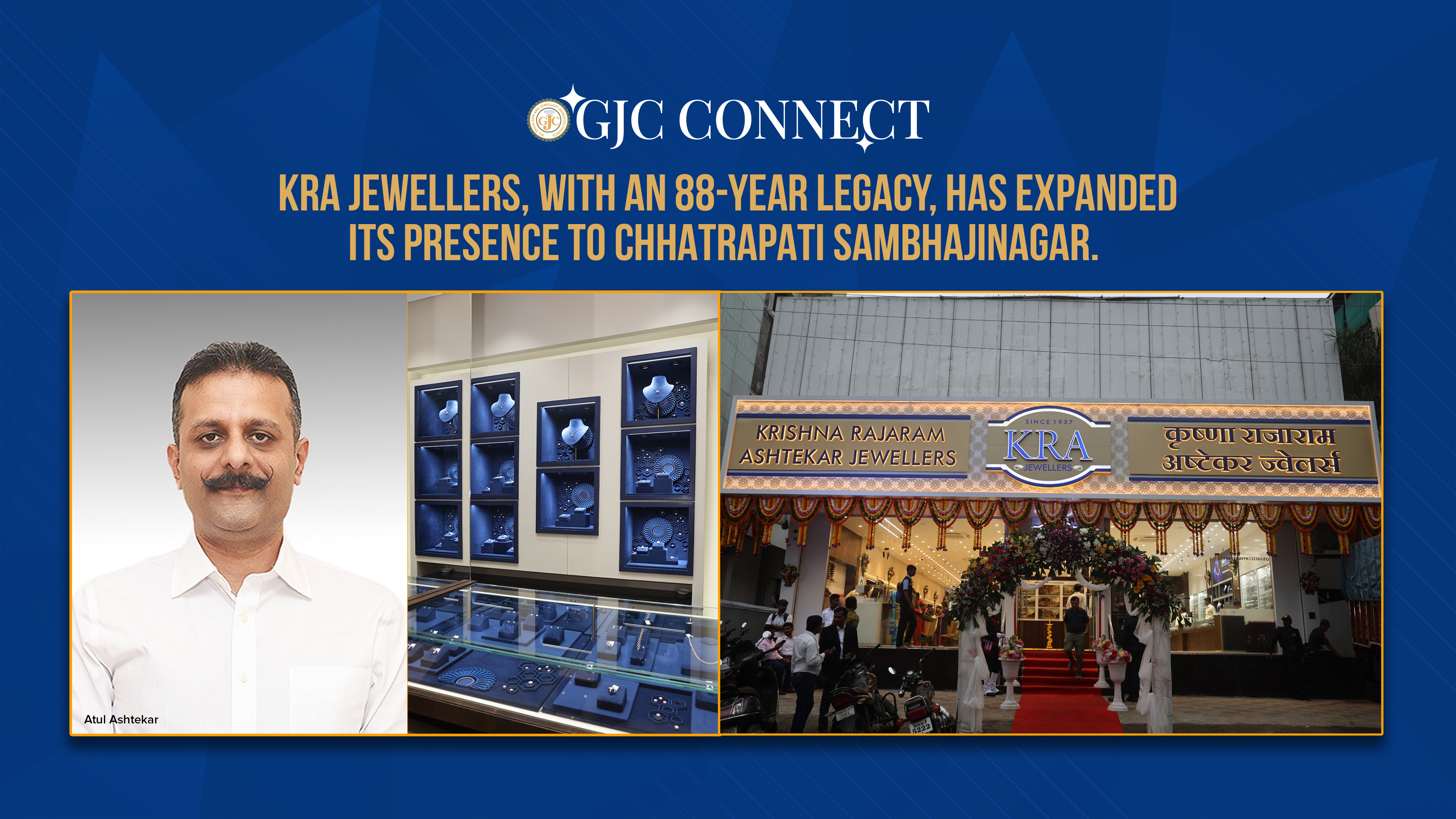Mumbai Sparkles: Highlights from GJS Humara Apna Show 2025
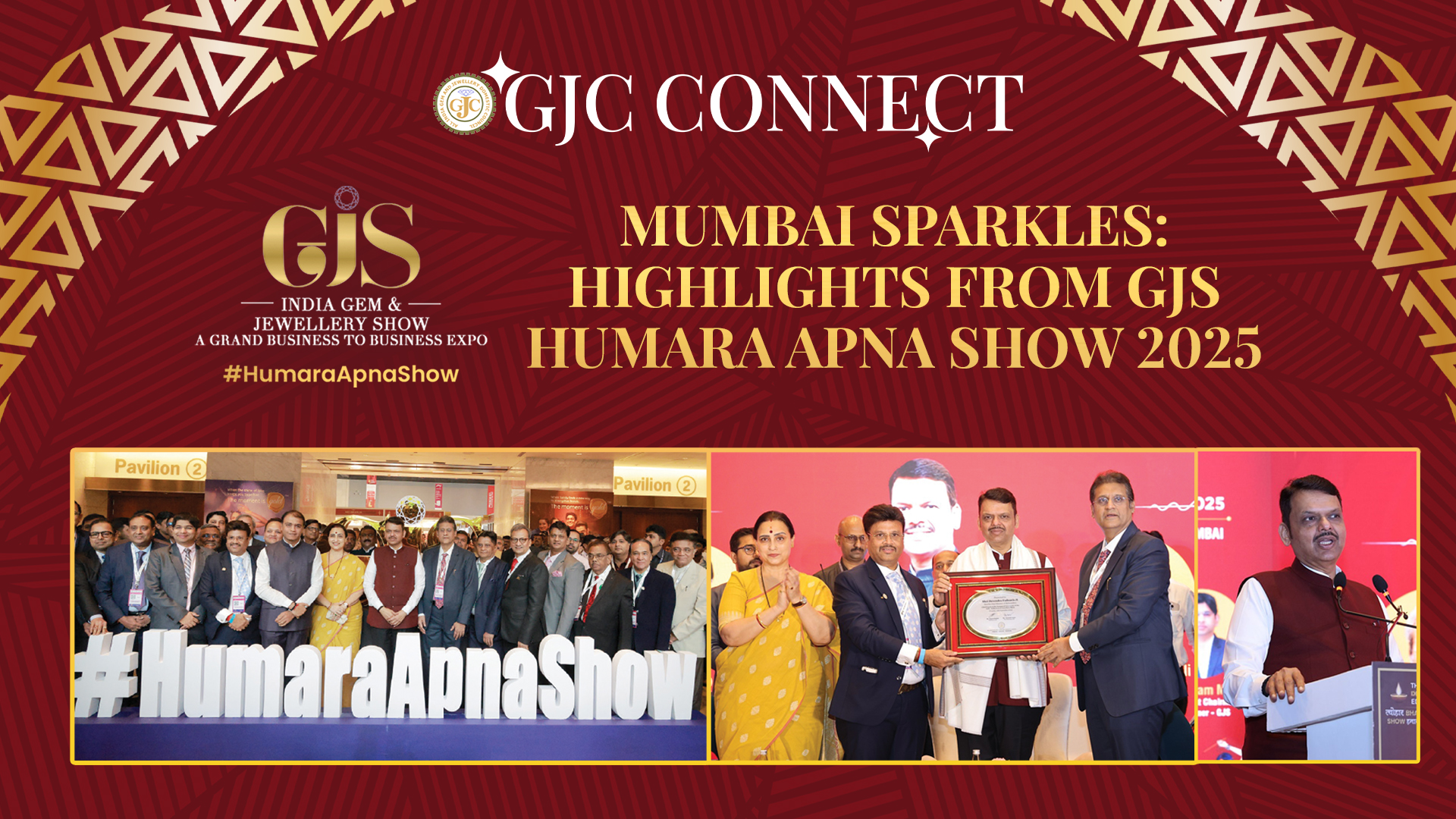
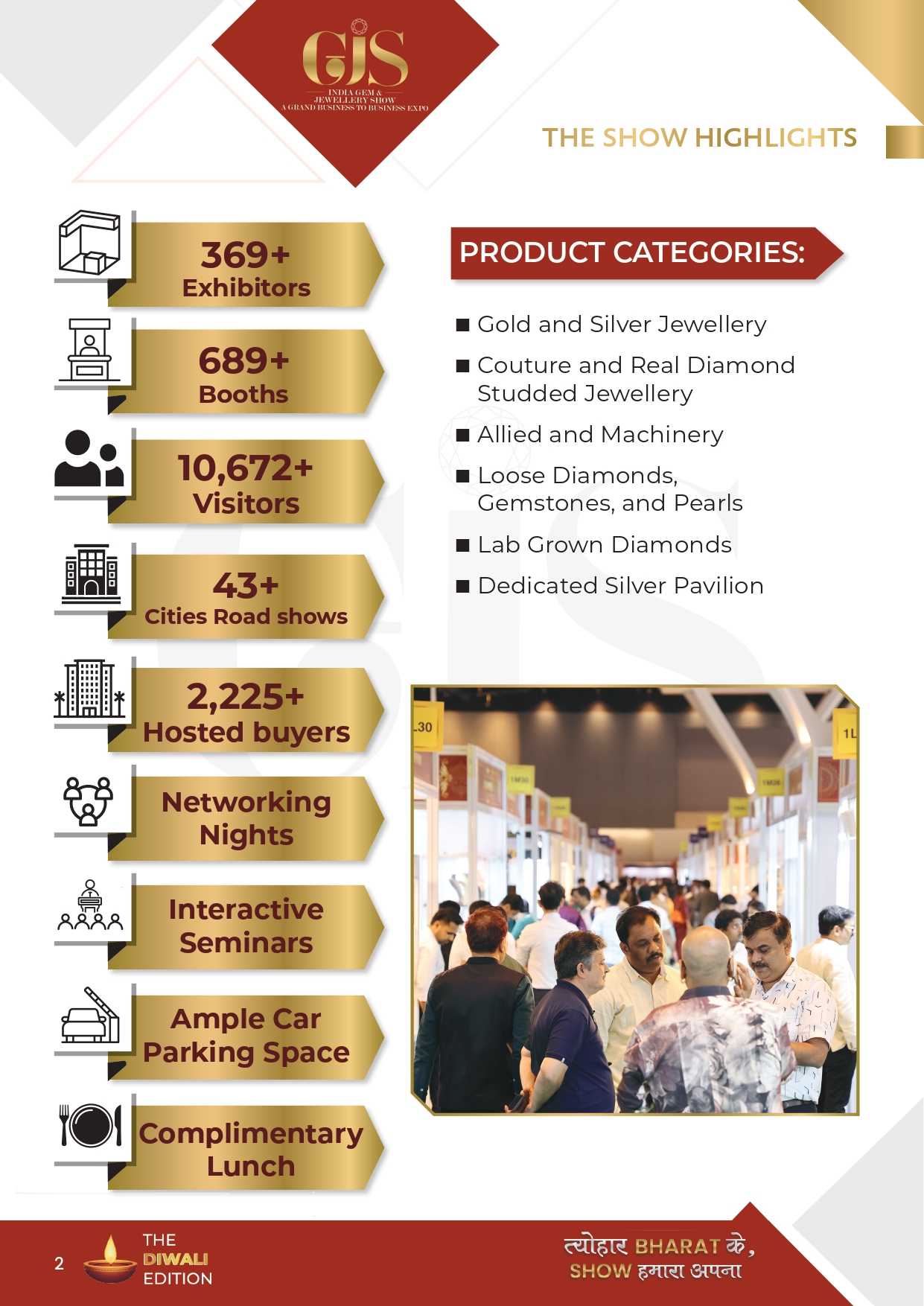
In mid-September 2025, the Jio World Convention Centre in Mumbai became the radiant stage for GJS — Humara Apna Show 2025 (16–19 September). The "Diwali Edition" of India’s flagship gems & jewellery expo unfolded like a tapestry of tradition meeting innovation, ambition meeting artistry. More than a trade show, it served as a barometer of industry confidence and as a crucible where designers, manufacturers, and retailers converged to chart the next course.
At the inauguration, Hon'ble Chief Minister Devendra Fadnavis addressed a gathering of industry stalwarts and trade delegates, extolling the strategic importance of the gems & jewellery sector for both Maharashtra and India. He pointed out that the industry contributes significantly to the state's economy and serves as a powerful source of employment and livelihood. He also commended the efforts of the All India Gem & Jewellery Domestic Council (GJC) to bring more players into the organized fold, and urged stronger collaboration between the Council and the government to enhance skill development for craftsmen and artisans.
His address was a clarion call: jewellery is not just a cultural expression but can act as a growth lever — especially when aligned with clear policy, regulatory backing, and institutional support.
Standing beside the Chief Minister was Smt. Chitra Kishor Wagh, Member of the Maharashtra Legislative Council, who delivered a message rooted in regulatory reform and relief for the trade. She reflected on the challenges posed by IPC 411 deliberations and welcomed the transition to BNS 317, a shift that brings greater certainty to enforcement practices. She emphasized the assurance that enforcement would now rest with an investigating officer rather than a recovery officer — a move the industry viewed as a meaningful easing of compliance burden. She also praised the establishment of a Vigilance Committee, championed by Pankaj Bhoyar and backed by state leadership, and characterized Maharashtra as evolving into a "Soneri Maharashtra", a state rich with golden opportunity for jewellers.
Through these addresses, the show was subtly anchored in trust — trust in policy, trust in government–industry partnership, and trust in the inherent promise of the sector.
Beyond these speeches, the exhibition halls themselves pulsed with vitality. Over 369 exhibitors showcased collections spanning gold, platinum, silver, precious stones, lab-grown diamonds, and modern alloys. The thematic thread "Tyohar Bharat Ke, Show Humara Apna" resonated deeply, reflecting the emotional synergy between jewellery, festivals, weddings, and everyday life.
Buyers descended from across India, not just from Maharashtra, in search of fresh designs to carry them forward into the festive season. The tempo was brisk: many exhibitors reported leads or even business closures on the show floor itself. The pulse of trade was buoyant, although challenges such as logistics, competition for attention, and aligning inventory with evolving consumer tastes lingered.
In hindsight, GJS 2025 was more than an exhibition; it was a manifesto of industry optimism, bolstered by political attention and regulatory gestures. The voices of Fadnavis and Wagh lent legitimacy and deeper purpose, signifying that this was not merely a marketplace interface, but a moment of reckoning — how India’s jewellery sector reconciles craft with governance, tradition with reform.
As the curtains fell, participants carried away more than catalogues and designs. They departed with renewed conviction that this trade is not only timeless in its craft, but vital in its future. GJS 2025 closed not merely as a show, but as a bridge between policy and practice — between ambition and execution — setting the tone of possibility for the seasons ahead.



